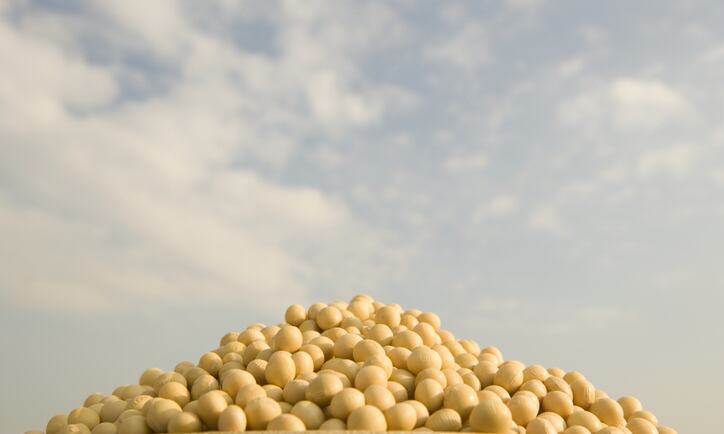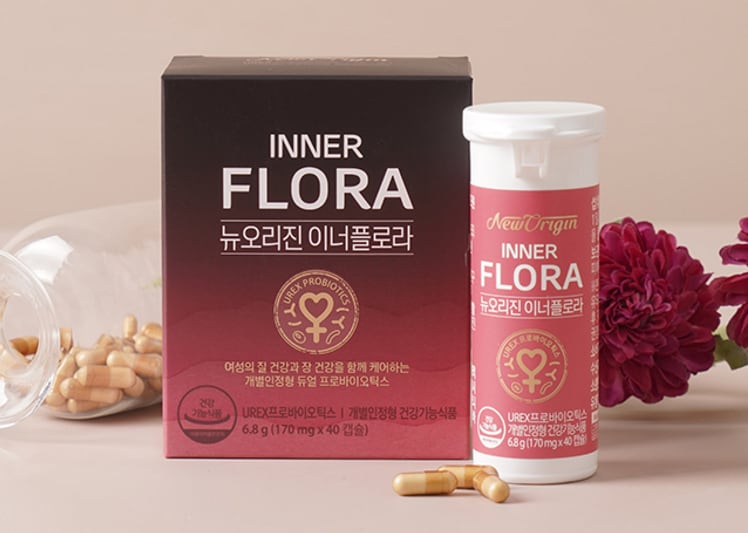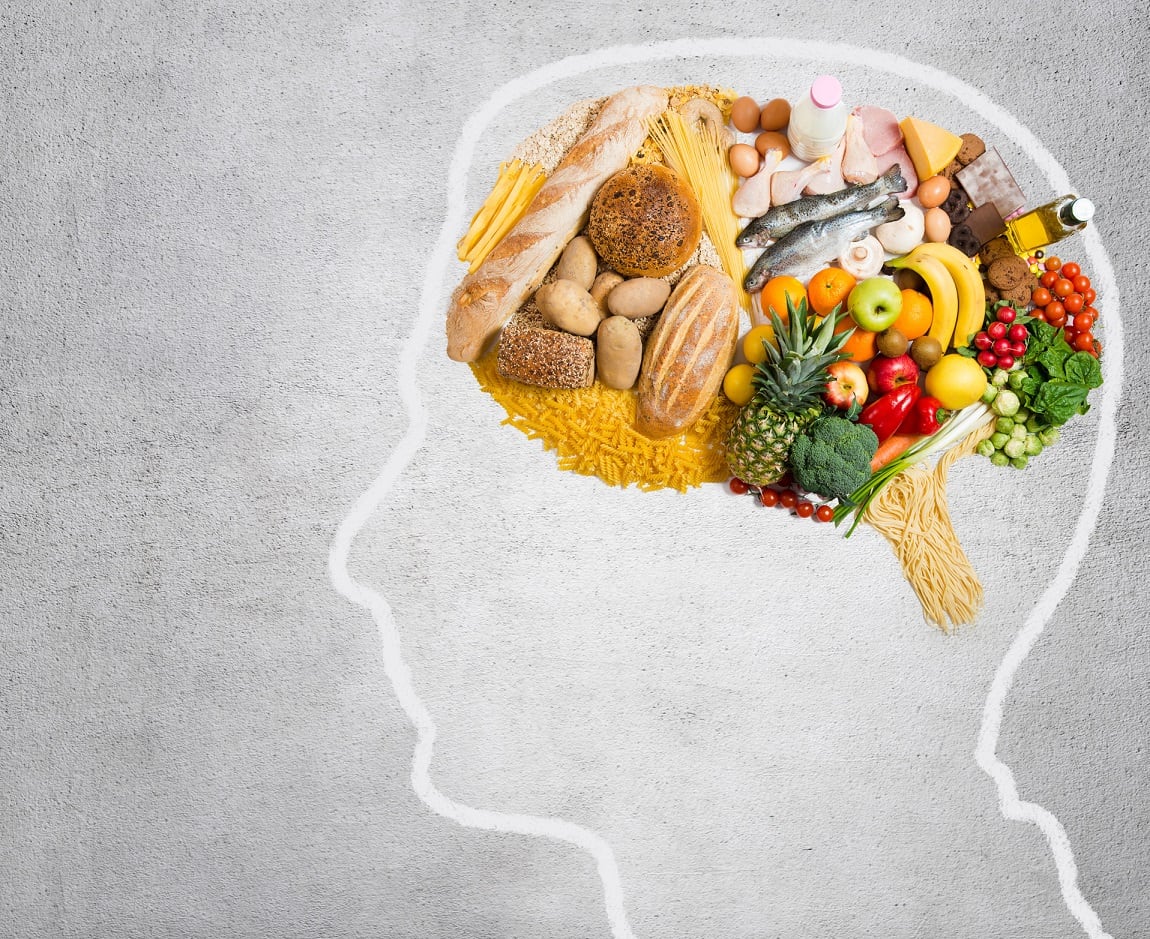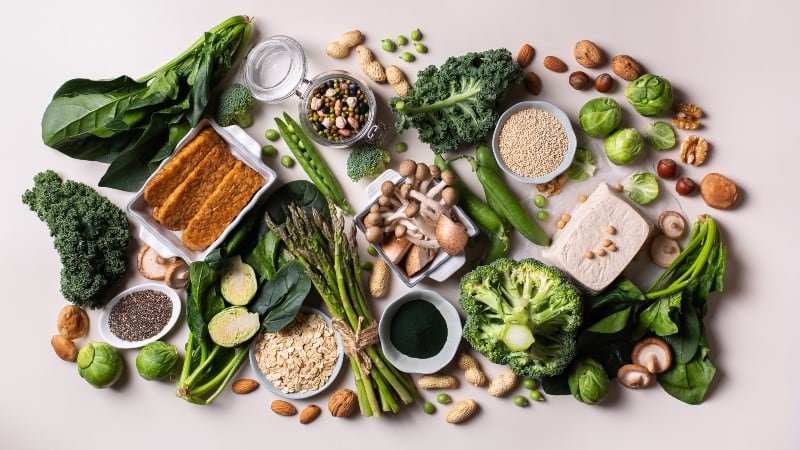Women with moderate soy isoflavone intake at 18 to 61mg per day reported the greatest decline in mammographic density, followed by those with high isoflavone intake at 61 to 101mg per day.
Little change was seen in women with very high isoflavone intake, meaning more than 101mg per day.
The trial was conducted by researchers from Cancer Research Malaysia, Sweden’s Karolinska Institute and Ramsay Sime Darby Healthcare between November 2018 and December 2019. Findings were published in Nutrients.
A total of 118 women between 45 and 65 years old were randomised into three groups.
The first group took two soy isoflavone supplement tablets once daily.
Each tablet contained 125 mg of soybean standardized extract that delivered 50 mg of isoflavones.
The second group took in isoflavone from soy foods.
They were asked to consume two daily servings of soy foods based on a food guide, with each serving delivering around 25mg of isoflavones.
The last group was the control group where the participants were asked to continue their regular diet and were advised to limit foods rich in soy isoflavones to a maximum of three servings per week.
The main food sources of soy isoflavones consumed in the study were soymilk, soybean curd, and tofu.
Findings showed that mammographic density decreased the most among women with moderate isoflavone intake (18–61 mg/day), followed by women with high isoflavone intake (61–101 mg/day) per day.
In particular, the largest decline in mammographic density was observed among the isoflavone supplement group, with a reduction of 1.9cm2, followed by the group taking isoflavones in their diet, with a reduction of 0.7cm2. Little change was reported in the control arm.
However, the researchers noted that the observations were not statistically significant, possibly because around half (43 per cent) of the women in the control group were consuming moderate amounts of soy isoflavones.
“The association between moderate soy isoflavone intake and MD (mammographic density) in our study is consistent with the published literature among Asian women, where habitual intake of at least 10 mg/day of isoflavones or 10 g/day of soy foods was associated with 10–16 per cent lower relative risk of breast cancer.
“In other studies, doses of up to 40 mg/day were required to show a protective effect.
“In our study, however, the moderate intake of soy isoflavones among women in the control arm likely resulted in smaller effect sizes observed for women in intervention arms,” the researchers explained.
Citing existing studies, they said that Asian populations with historically lower breast cancer incidence have soy‐rich diets – up to 10‐fold more compared to Caucasian women.
“To our knowledge, this is the first interventional trial of soy isoflavone intake, using both dietary and supplement sources of isoflavones, on breast cancer risk among Asian women living in Asia where soy foods are accessible, affordable, and palatable.
“We found no statistically significant differences in annual MD change for women with or without the soy isoflavone intervention…This RCT demonstrates a possible causal association between soy isoflavone intake and MD, a biomarker of breast cancer risk, among Asian women around the time of menopause, but these findings require confirmation in a larger trial,” the researchers said.
Adverse events
In this study, adverse events were most reported among women in the intervention groups as compared to the control group.
Common complaints include gastrointestinal problems, skin rash, joint pains, weight gain, and numbness.
These complaints are common with higher dietary soy intake, except for joint pain and numbness, which were more common with supplement intake, the researchers said.
In terms of serious adverse events, one case of post‐menopausal bleeding, two cases of ruptured brain aneurysms, and a breast cancer diagnosis were reported.
Source: Nutrients
A Randomized Controlled Trial of Soy Isoflavone Intake on Mammographic Density among Malaysian Women
https://doi.org/10.3390/nu15020299
Authors: Rajaram, N et al





